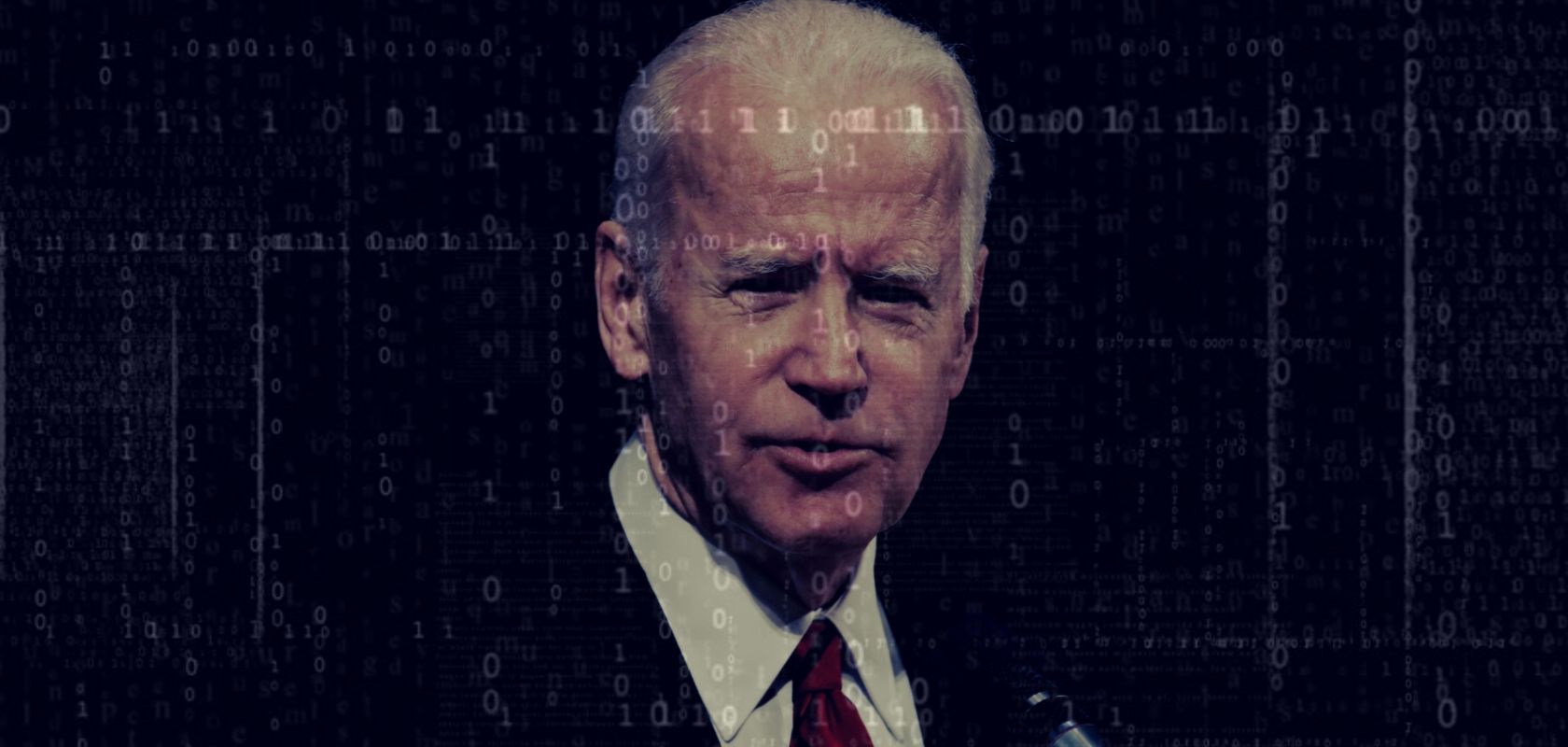Gun control and gun rights might seem like practical and above all legal issues, but in the United States, this debate also has assumed clear ideological overtones.
Democrats have for a long time made it their policy to demand stricter gun control, while Republicans argue the case of upholding the rights guaranteed to US citizens by the Constitution.
And there is no agreement on how to tackle the problem of mass shootings, allow citizens the tools for self-defense, and avoid undermining the arms-manufacturing industry.
True to his party’s long-standing policy in favor of more gun control, leading Democratic presidential hopeful Joe Biden has come up with a proposal dubbed, “Plan to End Our Gun Violence Epidemic.” Under the proposal, gun owners would have to register with the authorities, which would result in the creation of corresponding databases.
One of the provisions in the plan is to stop so-called “ghost guns”, including those created by 3D printers. Biden wants a new law enacted that would require anyone “purchasing” either gun kits or 3D printing code to be submitted to federal background checks – the same as those buying physical firearms.
From Biden’s campaign:
“One way people who cannot legally obtain a gun may gain access to a weapon is by assembling a one on their own, either by buying a kit of disassembled gun parts or 3D printing a working firearm. Biden will stop the proliferation of these so-called “ghost guns” by passing legislation requiring that purchasers of gun kits or 3D printing code pass a federal background check. Additionally, Biden will ensure that the authority for firearms exports stays with the State Department, and if needed reverse a proposed rule by President Trump. This will ensure the State Department continues to block the code used to 3D print firearms from being made available on the Internet.”
And while most reactions to Biden’s proposals focus on the immediate issue of gun rights and control, and how, if made into law, these would affect the weapons industry – the point about 3D printed weapons has much wider repercussions.
Why it matters
The zeal of the gun control debate often hides other considerations and has the potential to introduce some legal solutions that end up harming digital and human rights well beyond the issue of the right to bear arms.
The Electronic Frontier Foundation unpacked this in a 2018 explaining the origins of 3D gun-printing, but also of the ensuing problem around them, and urging the authorities not to press ahead with solutions that would in the end harm people’s “right to dissent and to publish technological information and software for privacy and other purposes.”
Yet this is what the digit rights group said the US State Department and state attorneys general were doing last year. The controversy revolves around a 2012 decision of the US government to require de-publishing and export licenses for non-classified 3D gun designs available online. The EFF said the decision essentially affected online speech, rather than simply the right to print 3D weapons, setting a legal precedent.
However, the federal government in 2018 reversed it, stating that publishing these designs on the internet shouldn’t fall under the export restrictions.
“In response, state governments have persuaded a federal court to order the takedown of that information from the internet without any First Amendment analysis,” EFF said, noting that they also asked the US government to go back to the system established in 2012.
The original ban on the publishing of 3D gun designs covered other technologies that could be used in a military context – such as diagnosing a biological weapons attack and treatment of chemical weapon injuries, the EFF noted. And because the internet is available to US nationals and foreigners alike, the order came to treat these designs as exports and allow the State Department to decide whether to allow the publishing or ban it – all the while with “no binding legal standards, no deadline for a decision, and no judicial oversight.”
The list of technologies included in this rule is so extensive that, when the decision is to prevent the publishing, it puts at risk the right of journalists and researchers, among others, to have access to online information on many legitimate tools.
The big picture of this issue is that the State Department’s unchecked power to control what information is published online can lead to sweeping censorship. The same law could be used to suppress the dissemination of information about government surveillance tools, for example – or to stop the publishing of encryption code.
Code is speech
“Normally, you cannot be prevented from saying something merely because someone else might use that information to commit a crime, or even because they might be persuaded to commit a crime,” the digital rights group explains, and adds: “The government has a history of characterizing ideas as dangerous in an attempt to suppress speech about those technologies and ideas.”
Countering that drive is the US Constitution’s First Amendment that requires stringent proof of the ability of speech to cause actual harm, EFF said – while banning the publication of tech designs represents a slippery slope into legal precedents undermining those protections.












